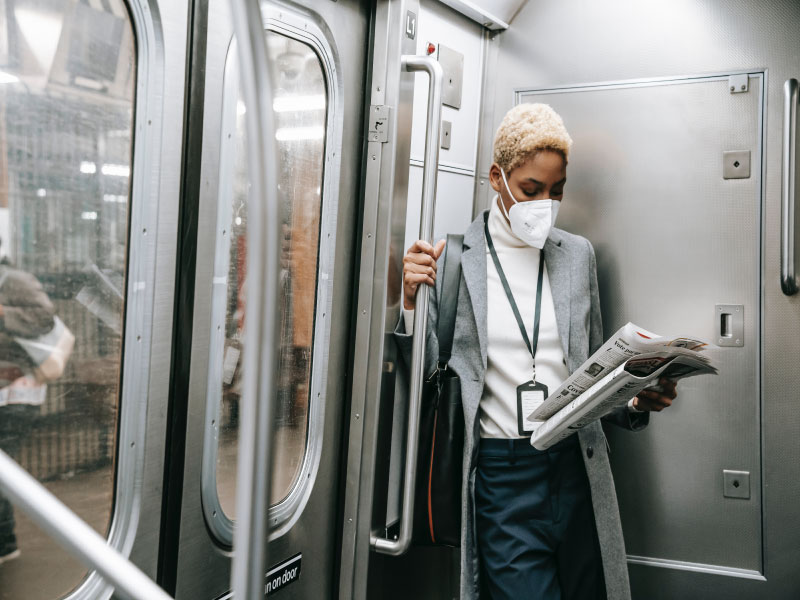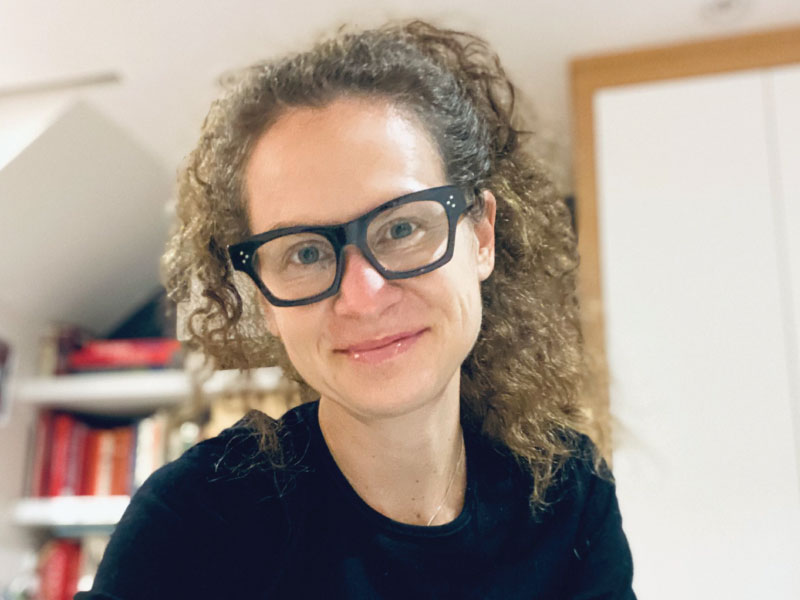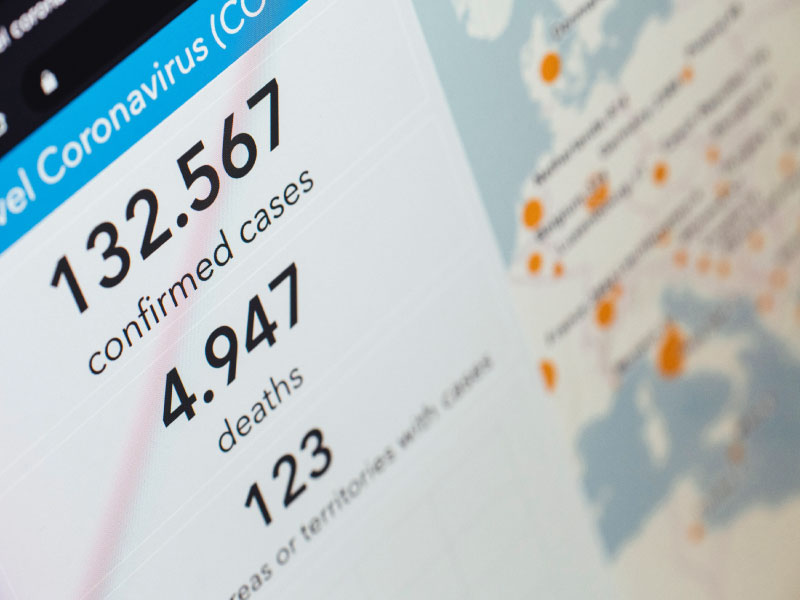Creativity counts when it comes to public health
A critical factor in preventing the spread of COVID-19 is the ability of public health officials to effectively communicate accurate information. This requires public health communication that is proactive, enabling, transparent and, yes, even creative. Effective public health communication is important because knowledge is empowering, allowing for informed decision-making about our most vital asset, our health. As Canadians continue to get vaccinated, there remains a need to forge public trust in the vaccination program to win minds and influence behaviour. A savvy communicator knows that creativity is key to imaginative and clever campaigns, as well as conceptual innovation in a new media environment.

Image courtesy of Pexels, by Ono Kosuki
The past year has shown us that there is no universal message that will work when telling the public how to stay safe in a pandemic
Confusion caused by conflicting and unclear messaging from political leaders can have devastating results as we’ve seen this past year. Science communication scholar Jessica Mudry (opens in new window) , associate professor and chair of the School of Professional Communication, has been a cited expert in the media on public health comms, explaining how unclear messaging can be dangerous and confusing for the public (external link, opens in new window) , and emphasizing the importance of communication grounded in science. Mudry also points out that messaging must be elastic in targeting diverse audiences.
“The concept of audience is crucial to both professional communication and public health communication - the past year has shown us that there is no universal message that will work when telling the public how to stay safe in a pandemic,” she asserts. “Different audiences will react to different kinds of appeals; rationality, belief in science, emotion…these are all factors that the communicator has to tweak depending on their audience.”

Jessica Mudry, Chair of the School of Professional Communication
Lessons learned from public health communications for ProCom students
Critical communication scholar and Assistant Professor in the School of Professional Communication Sibo Chen (opens in new window) says that public health comms has had an impact on professional communication in general. Chen says our experiences during the pandemic have affected our traditional expectations with more pressing consideration of public accountability, noting “growing calls for integrating more public interest considerations into strategic communication and public relations” - specifically, for example, the mixed, conflicting or even inaccurate messaging by pharmaceutical companies around vaccine side-effects. Chen says that along with crisis response planning and transparent and authentic messaging, Big Pharma corporate public relations needs to prioritize socially responsible practices (external link, opens in new window) like working in tandem with government, fairer drug pricing and a genuine commitment to resolving public health disparities.
According to Chen, public health communication will contribute to the ongoing evolution and increasing importance of professional communication skills. “The unprecedented nature of the pandemic highlights the importance of preparedness as well as timely updates,” says Chen, “[but] it also draws attention to the key role social media plays in disinformation.”

Sibo Chen, Assistant Professor at the School of Professional Communication
At a time when false, deceptive or misleading information presented as news is a serious and destabilizing threat to modern democracies, effective public communication is of even greater importance. A recent federal government report ‘The Future of Sense-making (external link, opens in new window) ’ by
Policy Horizons (a government organization aimed at building foresight literacy and capacity to mitigate future disruptive changes) confirms that making sense of the world is becoming more difficult, with ‘unprecedented volumes of information, along with multiple—and multiplying—channels, some of it is questionable and dangerous’, making it more challenging to make decisions about the world around us. The report argues that “sense-making is at the heart of challenges to communicate public health information in ways that reach Canadians and encourage their compliance”. At the same time, the report also sees a unique opportunity to enhance trust in government and academic experts, with long-term implications for faith in our democratic institutions and science.
Words don’t have meaning in a vacuum, there are social, political, geographical and cultural factors that have great sway over communication strategies and often cause campaigns to fly or flop
Academic experts like Mudry and Chen are part of the broad-ranging, critical and global conversations about the evolving nature of professional communication today. Mudry highlights that ProCom at The Creative School encourages students who are learning to be strategic communicators to look beyond simply the words and to think very carefully about context. For Mudry, “words don’t have meaning in a vacuum, there are social, political, geographical and cultural factors that have great sway over communication strategies and often cause campaigns to fly or flop.”
The Healthcare User Experience (HUE) Lab
The concept of applying human-centred communications strategies to healthcare is foundational to the Healthcare User Experience (HUE) Lab (external link, opens in new window) launched by The Creative School this past spring. The dual focus of the new creative research space will be both strategic communication and the application of design thinking to improve the healthcare experience for both patients and practitioners. Jessica Mudry, who is also the HUE Lab Director, said of the new student opportunities presented by the lab, “Students will be able to practice strategic communications first hand as we work with communities that may be resistant to certain messages, or who may have access to information that is not underpinned and supported by the scientific community”. Mudry also underscores the strategic side of professional communications, saying, “students will be able to work within the contextual confines and think about the best way to encourage healthy behaviours through effective word choice, timing, and empathy and ethics.”

HUE Lab logo
The HUE Lab, in partnership with local health units, received a national grant in its first week of operation with Dr. Jessica Mudry awarded funding as part of the Public Health Agency of Canada’s Vaccine Community Innovation Challenge (opens in new window) — an initiative supporting projects promoting vaccine confidence in diverse Canadian communities.
Towards empathic professional communication
Speaking to the importance of empathy in professional communication, Mudry says, “There is no more important profession than public health to use empathy to get its message out to people. Community safety and well-being are core principles in public health, and in order for us all to be healthy, we must recognize each others’ individuality, respect it, and then work towards making meaning together.”
Sibo Chen echoes these beliefs reminding us that empathy is a crucial component of our social intelligence and a critical aspect of socially responsible professional communication. “If professional communication aims to prioritize public interests,” says Chen, “then empathy is needed for building rapport among participants.” For relationship building, Chen continues, “the pandemic has offered a valuable lesson on the significance of interpersonal relationships, which we begin to recognize only when lock-downs cut us off.” Chen sees empathy as the key to restoring these relationships post-pandemic.

The Creative School at Ryerson University
The Creative School is a dynamic faculty that is making a difference in new, unexplored ways. Made up of Canada’s top professional schools and transdisciplinary hubs in media, communication, design and cultural industries, The Creative School offers students an unparalleled global experience in the heart of downtown Toronto.
